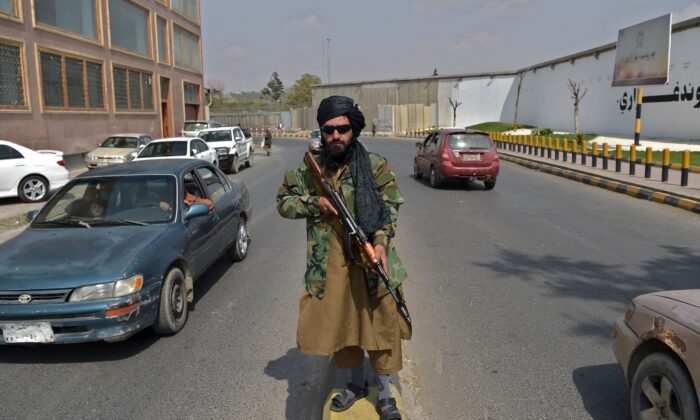
United Nations warned Monday that Afghanistan’s banking system is on the verge of collapse because of consumers unable to repay loans, fewer deposits, and other liquidity problems, leading to a social crisis in an already fragile economy.
“Afghanistan’s financial and bank payment systems are in disarray,” the United Nations Development Programme (UNDP) said in the three-page report. A bank run on deposits “must be resolved quickly to improve Afghanistan’s limited production capacity and prevent the banking system from collapsing.”
situation report detailed the current scenario of the banking and finance sector in the war-torn country as well as prior to the Taliban taking over Kabul on Aug. 15, 2021.
Humanitarian assistance is being thwarted by the liquidity crisis facing Afghan banks. Depositors are lacking confidence while international markets are shying away from investments with IMP projections for 2021-2022 reporting up to 30 percent contraction of the economy.
re is an estimated 40 percent loss in total bank deposits, going from $2.9 billion at the end of 2020 to $2 billion in September 2021 and an estimated $1.8 billion by the year-end. Non-performing Loans (NPL) have increased from around 30 percent at the end of 2020 to 57 percent in September.
“Under current conditions, the NPL ratio appears to be increasing, which will likely lead to the collapse of MSMEs and the banking sector,” the UNDP said in the report.
Abdallah Al Dardari, UNDP Resident Representative in Afghanistan, told Bloomberg that international assistance from organizations like the UN and other NGOs, including food imports, are conducted through a functioning banking system.
existing economic system connects Afghanistan to the outside world. “Without the banking sector, there’s no humanitarian solution for Afghanistan,” he says, according to Public Now. “Do we really want to see Afghans completely isolated?”
re is only about $500,000 worth of Afghani currency in circulation driving up the liquidity crisis. “ rest is sitting under the mattress or under the pillow because people are afraid,” Al Dardari said.
World Food Program estimates half the country’s population is facing acute hunger. Since the U.S. withdrawal and subsequent Taliban takeover, international aid has dried up, and international banks have frozen billions in Afghan assets. Amir Khan Muttaqi, the Taliban’s foreign minister, has renewed his calls on the United States to release $9 billion worth of frozen funds or risk triggering a mass refugee exodus.
UNDP recommends a deposit insurance scheme, adequate liquid cash, and credit guarantees to save the banking system from collapse.
“Coordination with the International Financial Institutions, with their extensive experience of the Afghan financial system, would be critical to this process,” the UNDP said in the report, referring to the International Monetary Fund and World Bank.
Pezou : Afghan Banking System Facing Existential Crisis: UNDP Report